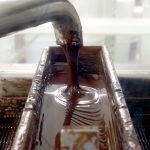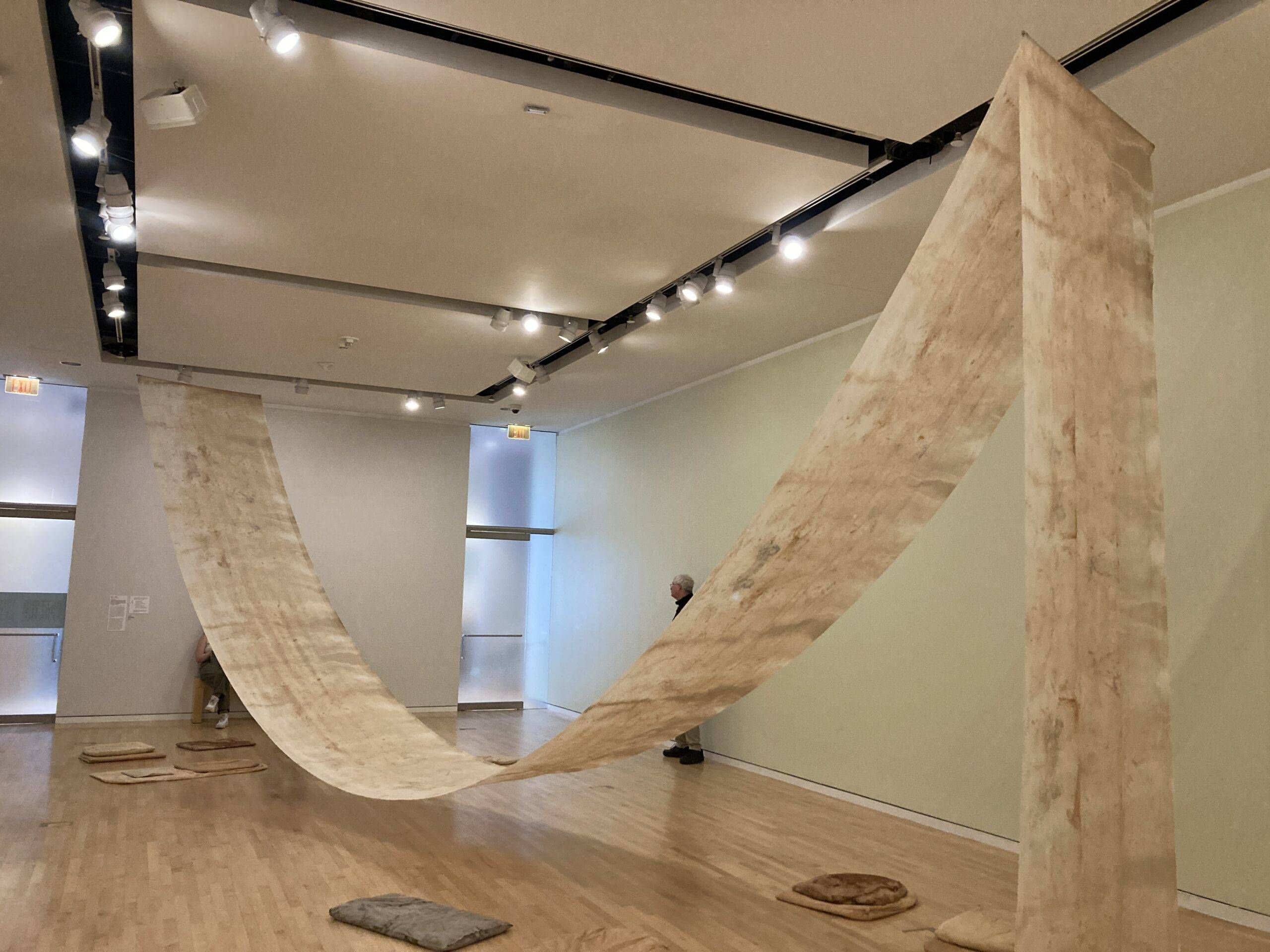Something fishy
Health officials are still unsure what made 15 kindergarteners and 111 high school students fall ill with norovirus-like symptoms after visiting Chicago’s Shedd Aquarium in April.
The affected high school students were at the aquarium from Tinley Park’s Andrew High School for their prom. There were a total of 400 attendees. The kindergarteners who fell ill were out of a group of 52 from nearby Lincoln Park’s Saint Clement School. While the high school students may have eaten food at the venue, the kindergarteners did not eat there. The kindergarten contacted the Illinois Department of Public Health after learning of the prom students falling ill with similar symptoms.
Shedd Aquarium does not have any outstanding violations in their catering or restaurant facilities, and no restrictions to operations. Food has now been ruled out as the cause of the high school students’ illness, and the aquarium has since hosted more than 23, 000 visitors for other large events without similar incident.
Since the two sets of illnesses, the aquarium has implemented additional sanitation of all areas of the space, a review of service processes, and a review of cleaning procedures.
Hidden treasure
The Metropolitan Museum of Art sold what they thought was a painting by a follower of Peter Paul Rubens for $626 000 in 2013. Experts have now concluded the painting was by Rubens himself, and Christie’s estimates its value at between £3 and £5 million. The “Portrait of Clara Serena” is of Rubens’ first child and only daughter with his first wife. It is thought to have been painted around the time of the child’s death by the Plague.
The Met chose to deaccession the work to raise funds for new acquisitions, and had it estimated at $20 000 – $30 000. The buyer, who chooses to remain anonymous, had the painting professionally cleaned after purchase, at which point experts concluded it was indeed by Rubens himself.
In response to the revised estimate, the Met stated: “The attribution of the picture has been debated in the past and we believe it will continue to be debated. Given the strength of our holdings in this area, we stand by the decision to deaccession the work.”
Read the full story of the “Portrait of Clara Serena” here.
Students demand Ivy League gives back the green
Of the 54 students who will be graduating from the visual arts MFA program at Columbia University this month, 51 are asking that their tuition for the 2017–18 school year — $63 961 — be returned in full.
According to Columbia University’s Spectator, the school’s studio facilities are in poor condition and many of its high-profile faculty members have not been available to teach. Studios have had flooding and limestone crumbling off the ceiling, damaging some students’ work. The studio spaces have also been prone to unregulated temperatures, with either excessive heating reaching temperatures above 90 degrees, or no heating leaving studios to plummet to below 40 degrees.
In a statement to Spectator, a spokesperson for the university stated that students who have experienced unreasonable temperatures in their studios or had work damaged have been compensated. Provost John Coatsworth and dean of faculty for the arts and sciences David Madigan met with concerned students on April 5. The provost stated Columbia would not be able to give students their money back, though he described the condition of the program as a ‘disgrace’.
Art with a message
A temporary installation of 10 aluminum AR-15 assault rifle replicas was unveiled in Chicago’s Daley Plaza this month. Designed to resemble a Divvy bike stand, the installation intended to illustrate the ease of access to assault rifles.
Chicago advertising agency the Escape Pod, Nicholas Berg from Chicago’s Ojo Customs, and Washington, D.C. gun control advocacy group the Brady Campaign to Prevent Gun Violence collaborated to bring the installation to life. It was scheduled to open from May 10 to May 16, but due to city permit mishaps it was removed on May 14 instead.
Chicago has a high rate of gun violence but also tight gun control, making it a target of claims that gun laws are ineffective. The installation’s accompanying signage compares gun control in Illinois and its neighbor Indiana, where regulations are relatively lax. One in five firearms used in gun violence in Chicago in fact originates in Indiana.
The installation opened after the most violent week of the year thus far (April 30 – May 6), with at least 85 people shot and nine dead. In the same week, Governor Bruce Rauner rewrote a proposed gun control bill. The bill — whose initial aim was to increase the “cooling off” period for buying a semi-automatic assault weapon from 24 hours to 72 — now includes the reinstatement of the death penalty for people convicted of mass murder or of killing law enforcement officers.
Don’t drink the water
The aquarium isn’t the only place with suspicious water this month. By the end of summer, the Chicago Park District (CPD) may remove about half of its 1,250 outdoor drinking fountains after tests found high levels of lead in the water.
CPD has already removed approximately 100 fountains. Another 550 remain of concern. Of the 550, fountains in high-traffic areas will be turned on to flow continuously to keep water from stagnating in the pipes, while the ones in low-traffic areas will be turned off completely.
The city of Chicago required lead pipes until 1986. Replacing these pipes has not yet been labelled as high priority. After initial testing in 2016, in which 18% of fountains were shut down, an annual protocol to flush the pipes by continuously running water for a month after they are turned on in spring was instated.
The CPD’s decision comes six weeks before approximately 40,000 children will start park district day camp. Lead is dangerous even in miniscule doses, especially for a child’s developing brain. This interactive map shows the history of lead contamination in Chicago by neighborhood.






















